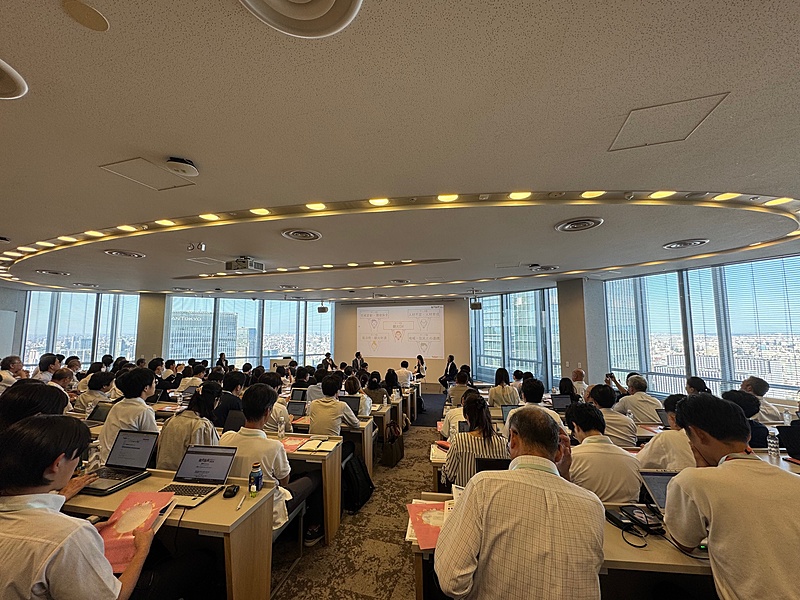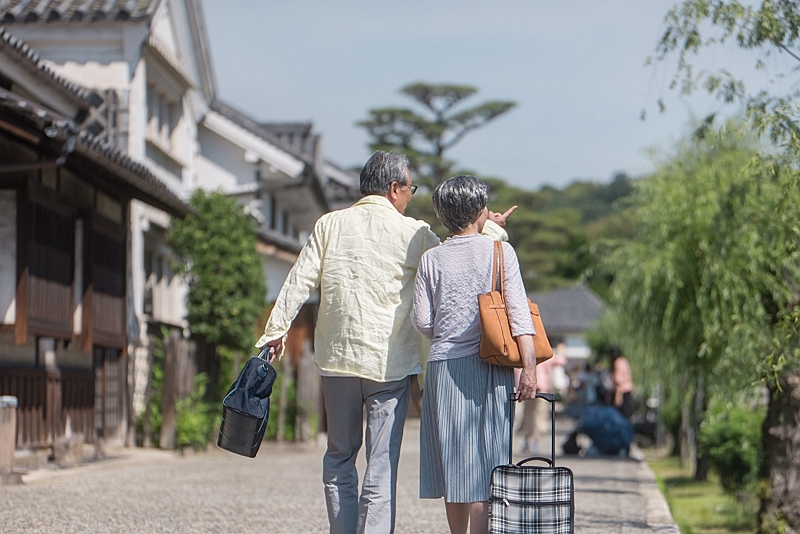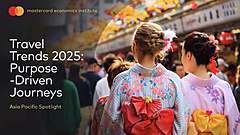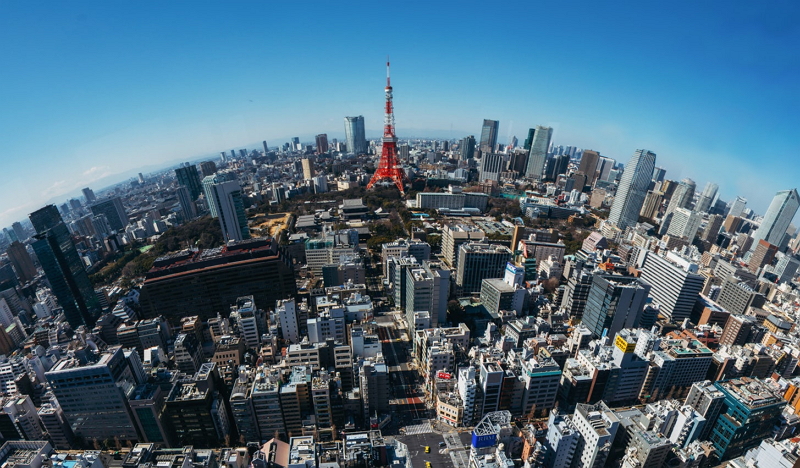
Jalan Research Center recently shared the results of ‘domestic travel trends 2025 survey’ in ‘Tourism Promotion Seminar 2025’ for local governments and DMOs.
The survey finds that the ratio of Japanese people who traveled in Japan in FY2024 ending March 31 2025 was 49.3%, slightly lower than 49.5% in FY2023. By generation, 40s or younger travelers reduced, while 70s travelers increased by 5 points. For people earning 4 million yen or more, domestic travelers increased, with the exception of those earning 8 million yen to 10 million yen. For those earning less than 4 million yen, domestic travelers decreased.
The average travel frequencies were 2.76 times a year, almost the same frequencies as a year ago. The total number of domestic travelers was 128 million, and the total number of nights was estimated at 223 million.
By prefecture, Tokyo had the most overnight travelers at 11.5 million. The highest growth of overnight travelers was found in Nagano (+410,000), followed by Hokkaido (+290,000) and Niigata (+240,000). In terms of growth rate, the highest was found in Ibaraki (+14.2%), followed by Okayama (+10.0%) and Niigata (+9.4%).
Travel cost rose, and young male travelers spent more in destinations
The average travel cost increased from 60,600 yen a traveler to 64,100 yen a traveler. Accommodation and transportation cost and local spending increased to 37,000 yen and 27,100 yen respectively. In terms of local spending, 18 to 29 years old travelers spent more money in destinations than other age segments did, and spending by 18 to 29 years old male travelers was 31,900 yen, much higher than other age segments.
The total amount of travel expenditure was estimated to increase by 3.4% to 8.2 trillion yen, out of which 7.2 trillion yen were expended by individual travelers. Local spending accounted for 42.4% of the total travel expenditure.
When asked why they did not take a domestic overnight trip in the past year, there was a slight increase from the previous year in the reasons given: "I couldn't spend money on travel due to financial constraints" (22.0%) and "I was worried about the future and wanted to cut down on expenses" (8.9%).
Young travelers have higher interests in local experiences and interactions
The survey results also shows that 18% of the respondents chose ‘solo traveling’ as travel companion, and the ratio was particularly high among 18 to 29 years old male travelers and 50s male travelers. Jalan Research Center researcher pointed out that the trend results from an increase in unmarried people, saying that solo travelers will increasing in the future as a typical travel style of Japanese people.
The survey results discovers that both male and female travelers of 18 to 29 years old had high interests in local experiences and interactions, and also among 30s and 40s male travelers, the ratios were high.
The satisfaction rate was down 1.7 points overall, and the reduction rate was especially high at 4.9 points among 18 to 29 years old travelers.





